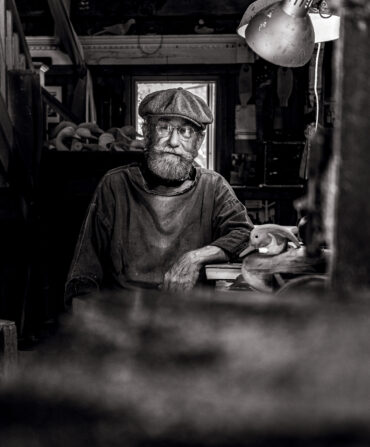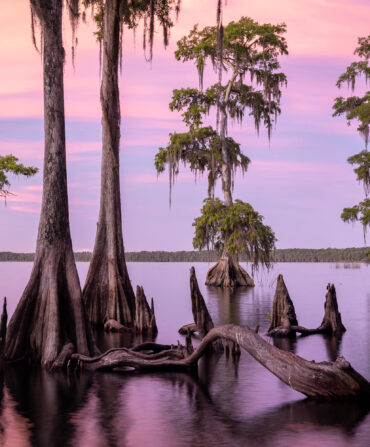A Photographer’s Civil Rights Journey
A glimpse at William Abranowicz’s pilgrimage, from Memphis to the Lowcountry of South Carolina

Photo: William Abranowicz
Clayborn Temple, Memphis, Tennessee, 2018
Photograph by William Abranowicz
This photograph and the one following appear in William Abranowicz’s forthcoming book, This Far and No Further (University of Texas Press).
While listening to young musicians practicing with the Stax Music Academy at the Clayborn Temple in Memphis, the photographer William Abranowicz shot this image and then began chatting with a woman in the audience. “Her grandson was in the band, and she told me that when she was twelve years old, she had been in this same temple during the sanitation workers’ strike,” Abranowicz says of the 1968 event when protesters carried signs that read, I AM A MAN. “She remembered Martin Luther King Jr. coming up to her and asking if she was all right. There was a joy in talking to her, and there was a joy in listening to these kids.” Before he began photographing historic Southern places for his upcoming book, This Far and No Further, Abranowicz studied archival images from Walker Evans, and then was stirred by the similarities between many of those midcentury pictures and what he saw through his lens.

Photo: William Abranowicz
Johns Island, South Carolina, 2018
Photograph by William Abranowicz
“Everybody says in the South, you can stand on the soil and feel things,” says Abranowicz, “because America’s memory is in the soil.” Just off this dirt path where live oaks sprawl on Johns Island in South Carolina, a man named Esau Jenkins cofounded a club in 1948 that included a co-op grocery store, a gas station, a day care, and classrooms to teach Black citizens how to pass literacy exams so they could register to vote. “Learn a little about Esau Jenkins, and you realize what an American hero he was,” Abranowicz says. Today, the back hatch of one of the buses that Jenkins drove along these roads, carrying people to work, school, and the polls, is on display at the Smithsonian National Museum of African American History & Culture, his motto written across the metal: LOVE IS PROGRESS. HATE IS EXPENSIVE.







